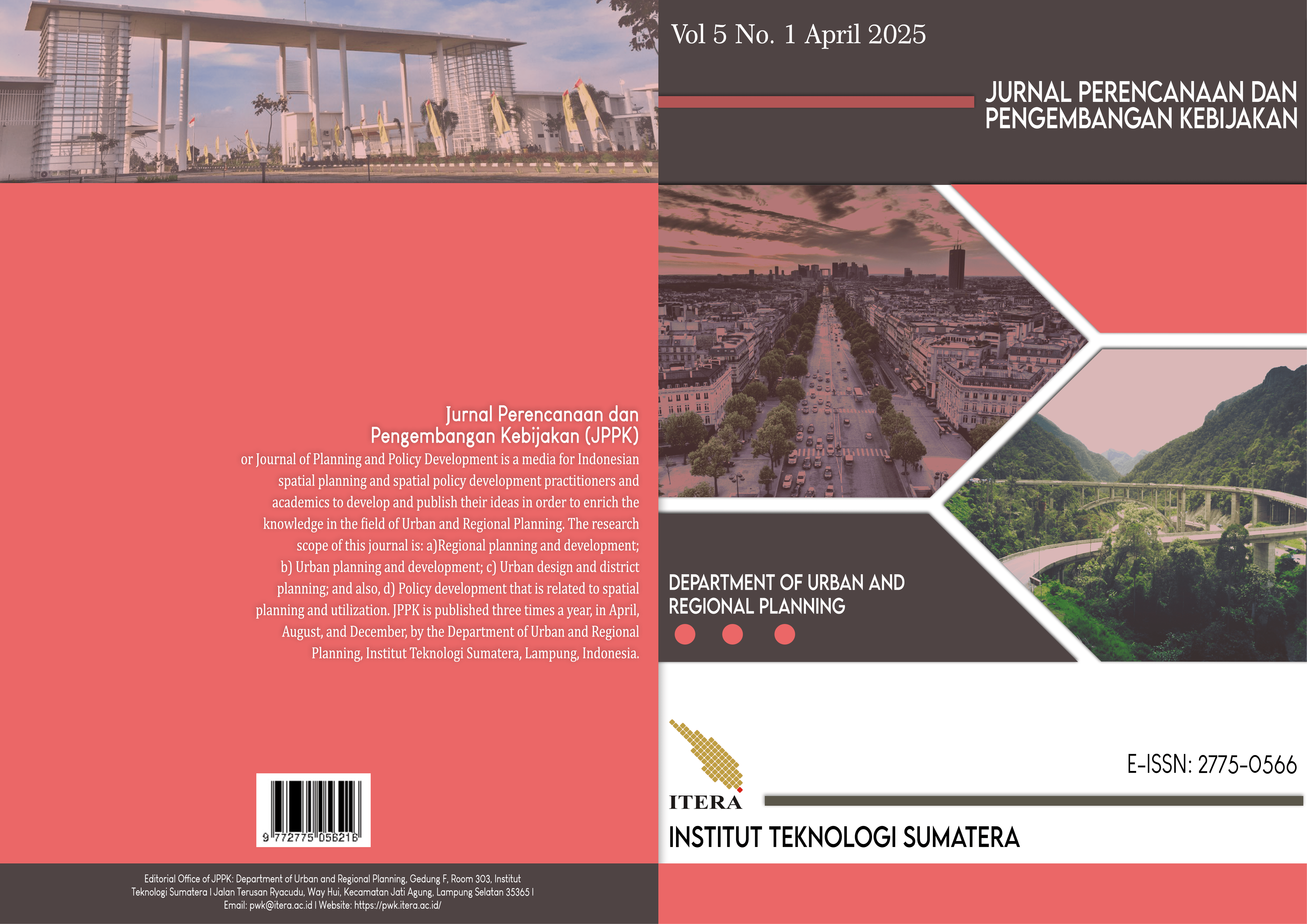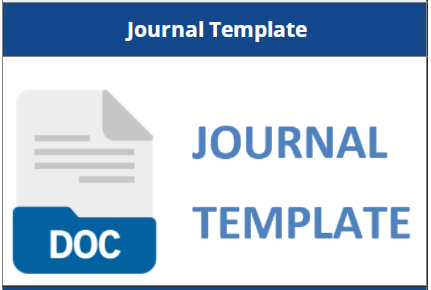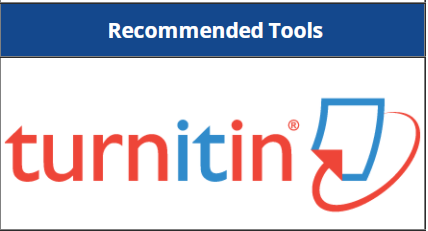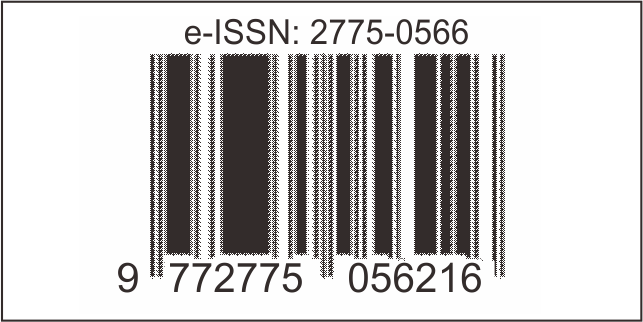Kajian Optimasi Pengangkutan Sampah Kecamatan Cianjur
Abstract
Cianjur District is an area with the largest service scale in Cianjur Regency that requires the most crucial attention, especially in the provision of waste infrastructure. With the increasing population in Cianjur District every year, it is estimated that it will be followed by an increase in the amount of waste that needs to be transported. This study aims to formulate optimal waste transportation in Cianjur District. This study uses a quantitative descriptive method. Optimization of waste transportation is carried out based on an analysis of existing conditions and transportation needs by maximizing working hours to then create a scenario for increasing trips and the number of transport vehicles. The results of this study show that the existing condition of waste transportation in Cianjur District uses the direct individual method with the SCS system which has not been implemented optimally. Therefore, it is necessary to add transport vehicles for waste transportation in Cianjur District every day and increase the number of minimum trips that need to be carried out. If the waste transportation needs can be fulfilled, the level of waste transportation performance in Cianjur District will increase in the future.
Downloads
References
[2] Baso, A. N. A., Hadiwidodo, M., & Samudro, G. (2017). Perencanaan Sistem Pengelolaan Persampahan Pelayanan TPA Kaligending Kabupaten Kebumen (Doctoral dissertation, Diponegoro University).
[3] BPS Kabupaten Cianjur. (2023). Kabupaten Cianjur Dalam Angka 2023. Badan Pusat Statistik Kabupaten Cianjur.
[4] BPS Kabupaten Cianjur. (2023). Kecamatan Cianjur Dalam Angka 2023. Kabupaten Cianjur: Badan Pusat Statistik Kabupaten Cianjur.
[5] Chaerul, M., Puturuhu, M., & Artika, I. (2022). Optimasi Rute Pengangkutan Sampah dengan Menggunakan Metode Nearest Neighbour (Studi Kasus: Kabupaten Manokwari, Papua Barat). Jurnal Wilayah dan Lingkungan, 10(1), 55─68.
[6] Damanhuri, E., & Padmi, T. (2010). Diktat Pengelolaan Sampah. Teknik Lingkungan Institut Teknologi Bandung (ITB): Bandung, 65.
[7] DLH Kabupaten Cianjur. (2022). Laporan Kinerja Instansi Pemerintah. Dinas Lingkungan Hidup Kabupaten Cianjur.
[8] Diana, A. R. (2019). Kontribusi Pengangkutan Sampah Terhadap Optimalisasi Pengelolaan Sampah di Kota Bandung. Bandung.
[9] Dobiki, J. (2018). Analisis Ketersediaan Prasarana Persampahan di Pulau Kumo dan Pulau Kakara di Kabupaten Halmahera Utara. Jurnal Spasial, 220─228.
[10] Ezeudu, O. B., & Bristow, D. (2024). Financing methods for solid waste management: A review of typology, classifications, and circular economy implications. Sustainable Development.
[11] Kasam, I. (2011). Analisis Resiko Lingkungan pada Tempat Pembuangan Akhir (TPA) Sampah (Studi Kasus: TPA Piyungan Bantul). Jurnal Sains & Teknologi Lingkungan, 3(1), 19─30.
[12] Marlina, M. (2024). Pengelolaan Sampah Berbasis Masyarakat untuk Mendukung SDGs Tahun 2030 (Tujuan 11-Kota dan Permukiman yang Berkelanjutan) di Kota Makassar. Geosfera: Jurnal Penelitian Geografi, 3(2), 111─120.
[13] Maryati, S., Miharja, M., Iscahyono, A. F., Arsallia, S., & Humaira, A. S. (2017, July). Towards Sustainable Ambon Bay: Evaluation of Solid Waste Management in Ambon City. In IOP Conference Series: Earth and Environmental Science (Vol. 79, No. 1, p. 012007). IOP Publishing.
[14] Ningrum, C. M., & Istiqomah, A. (2020). Sistem Pengelolaan dan Nilai Ekonomi Sampah di Pemukiman Kampung Pulo Geulis Kota Bogor. Jambura Agribusiness Journal, I (2), 52-62.
[15] Sharholy, M., Ahmad, K., Mahmood, G., & Trivedi, R. C. (2008). Municipal Solid Waste Management in Indian Cities – A Review. Waste Management, 28(2), 459─467.
[16] Sugandi, & Samsudin, A. (2023, Oktober 27). Sistem Pengelolaan dan Pengangkutan Sampah di Kabupaten Cianjur. (A. N. Javani, Interviewer).
[17] Tchobanoglous, G., Eliassen, R., & Theisen, H. (1997). Solid Wastes: Engineering Principles and Management Issues. New York: McGraw-Hill Book Co.
[18] Tchobanoglous, G., Hilary, T., & Samuel, V. (1993). Integrated Solid Waste Management. New York: McGraw-Hill.
[19] Undang-Undang Nomor 18 Tahun 2008 tentang Pengelolaan Sampah.












